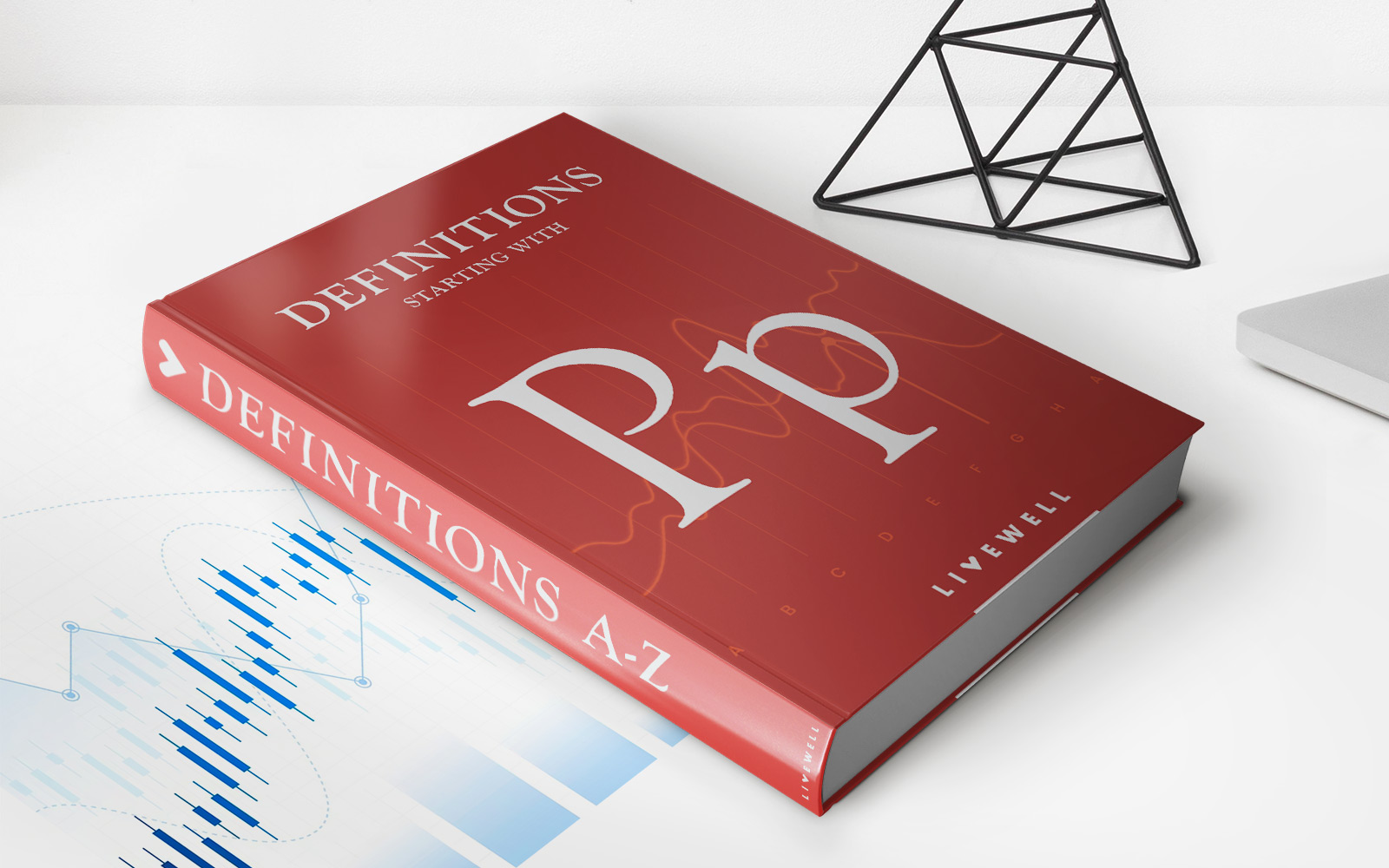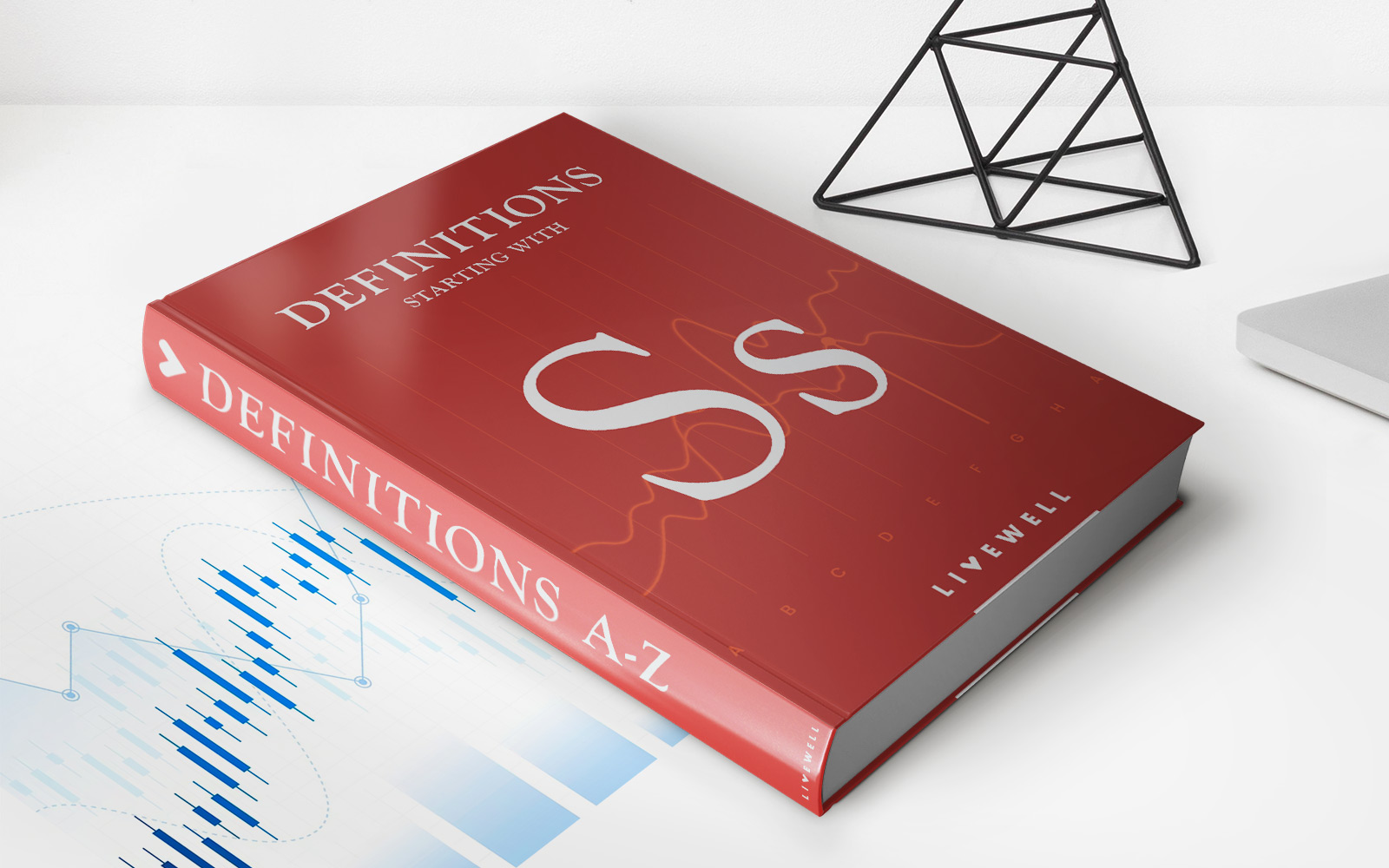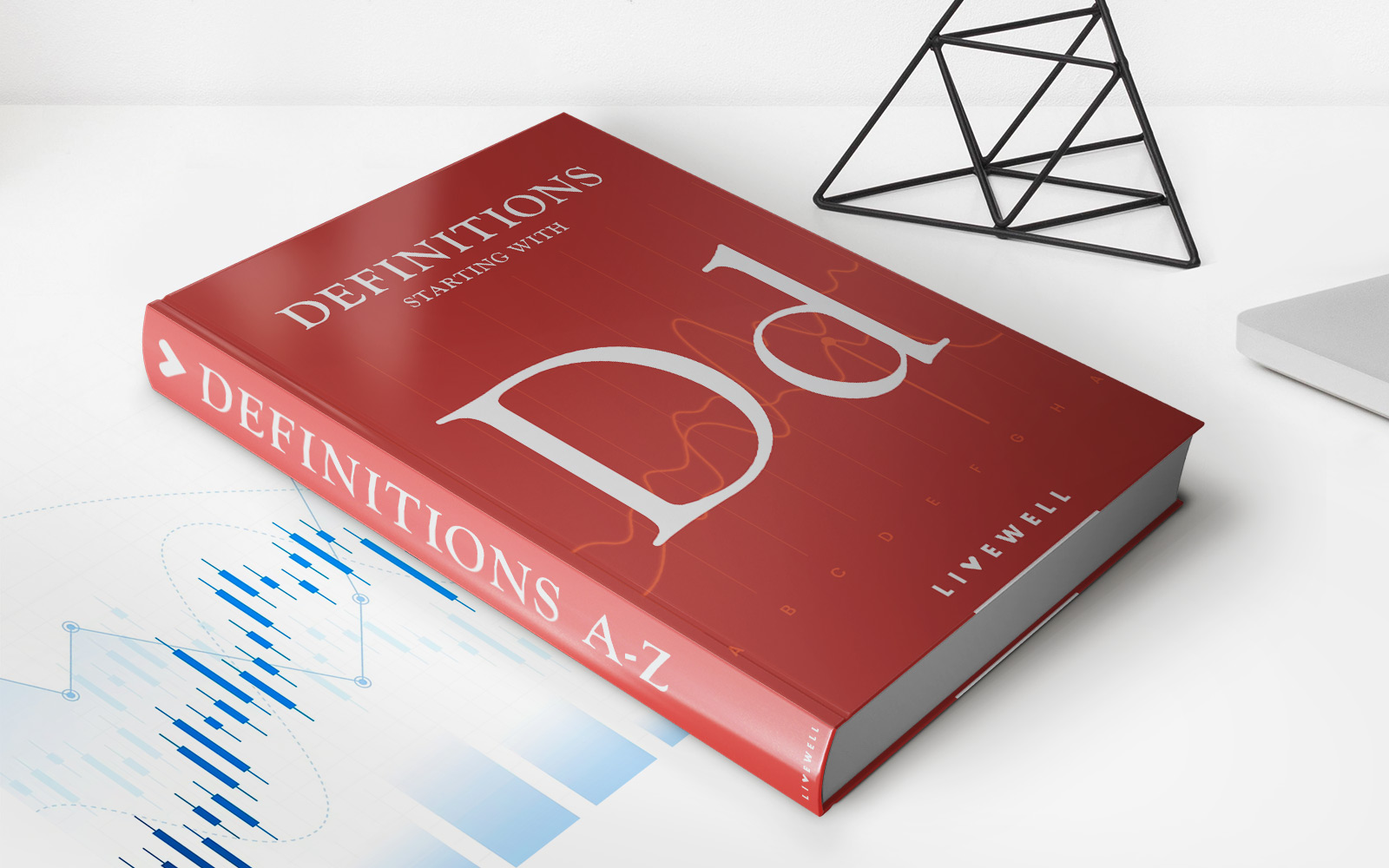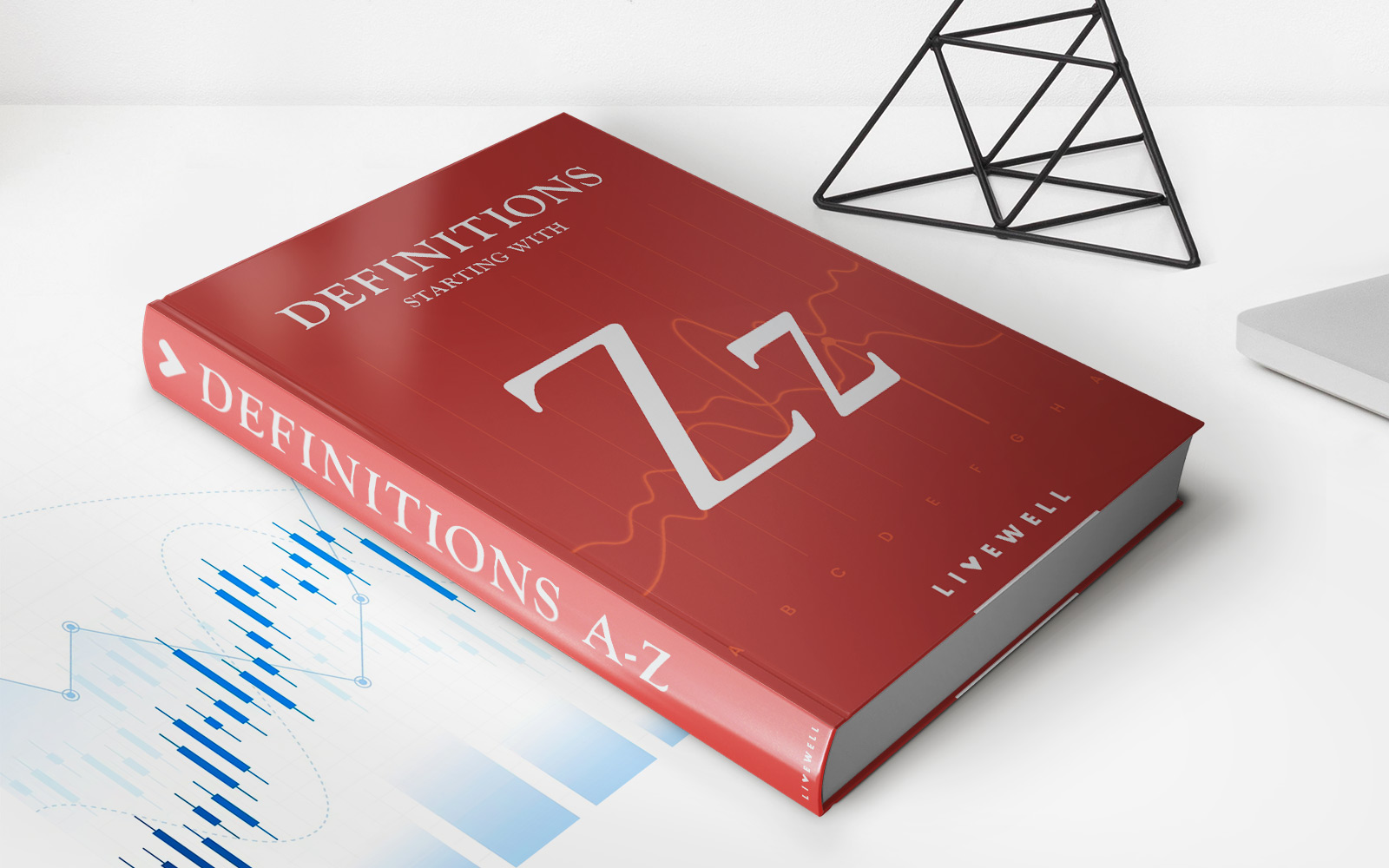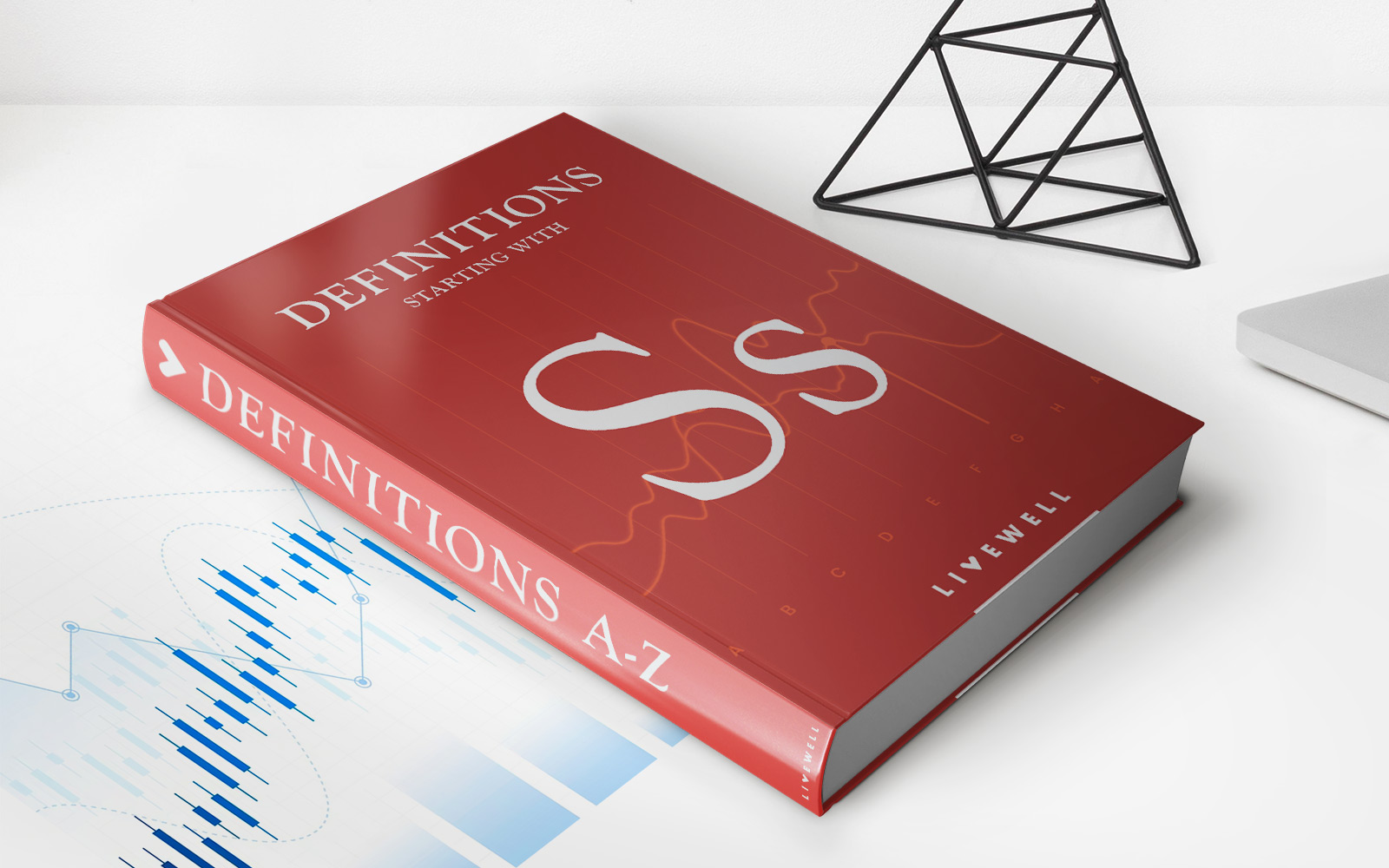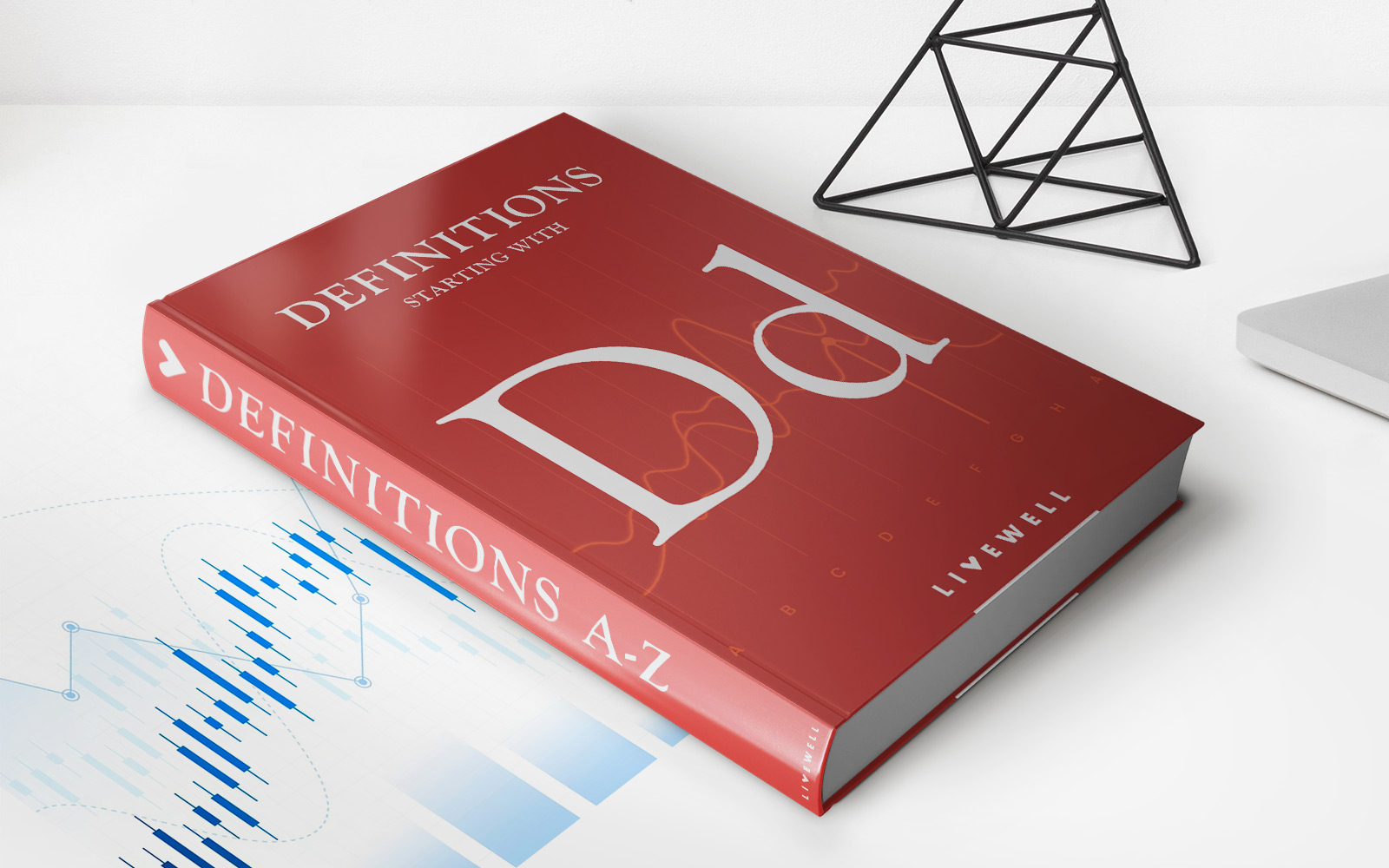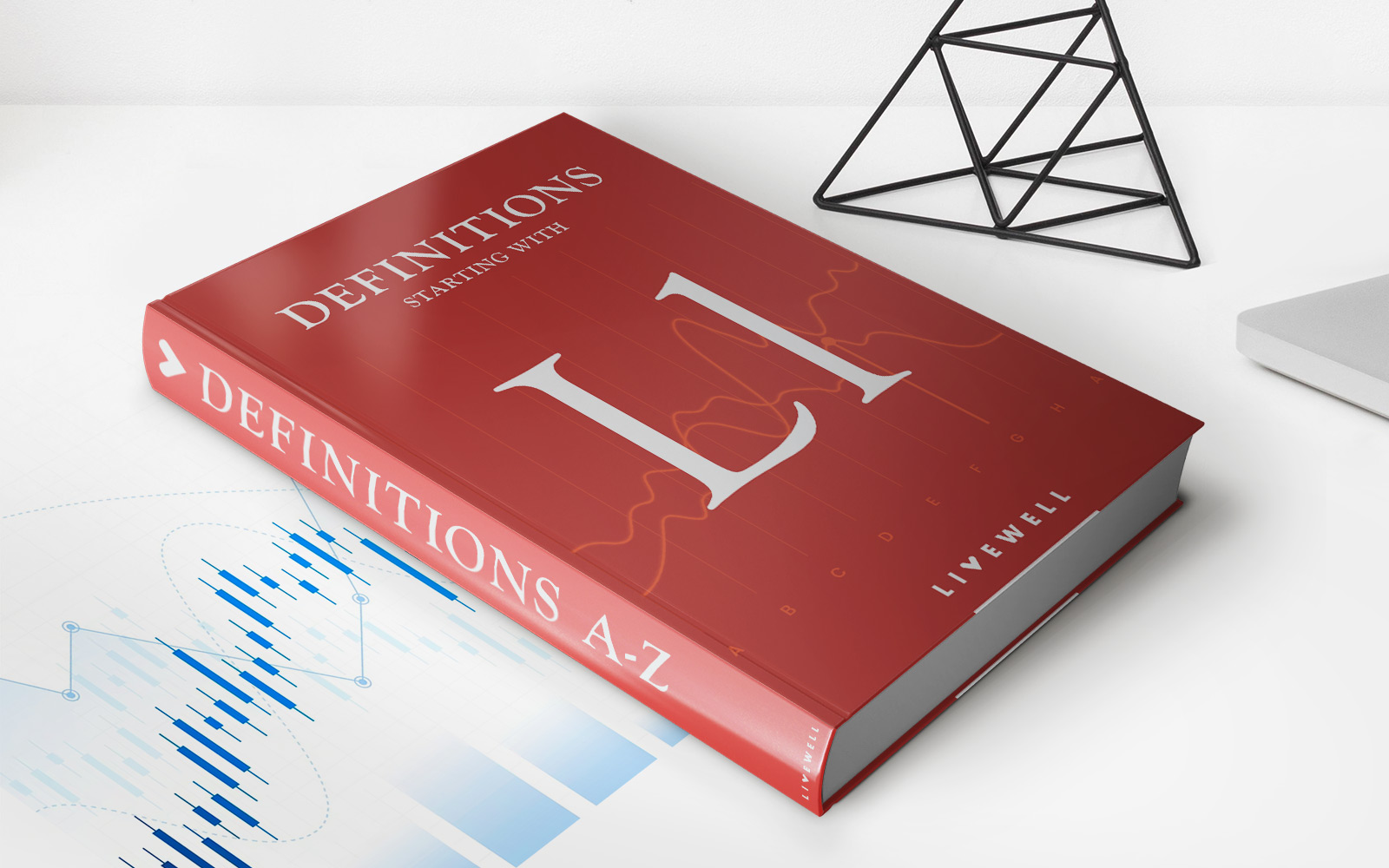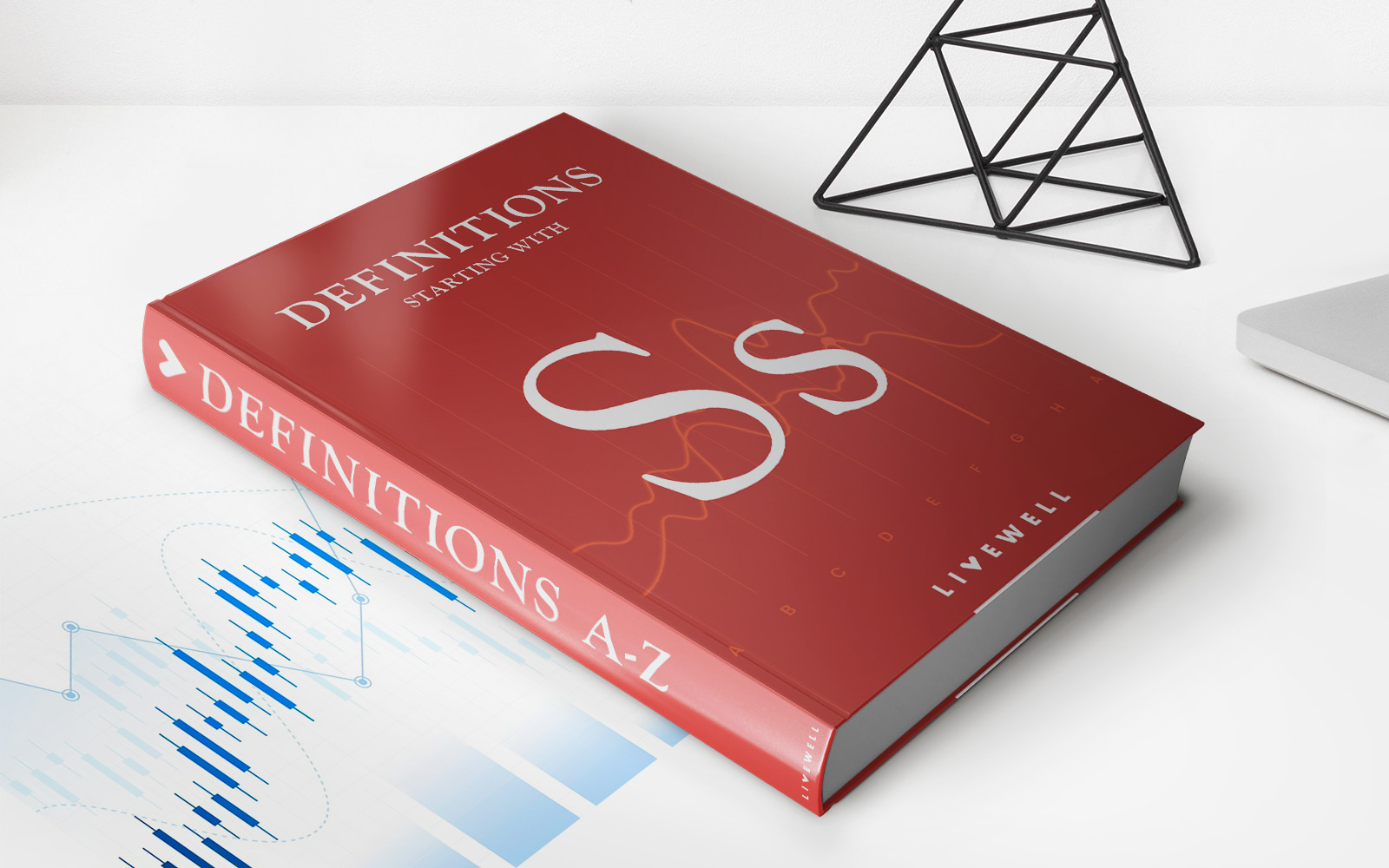

Finance
Static Gap Definition
Published: February 2, 2024
Learn about the static gap in finance and how it impacts investments, budgeting, and financial planning. Understand the importance of managing this gap for financial success.
(Many of the links in this article redirect to a specific reviewed product. Your purchase of these products through affiliate links helps to generate commission for LiveWell, at no extra cost. Learn more)
Understanding Static Gap Definition in Finance
When it comes to managing finances, it’s essential to have a clear understanding of various financial concepts. One such concept that plays a crucial role in financial planning is Static Gap Definition. In this blog post, we will explore what static gap is and how it is relevant to finance, providing you with a comprehensive overview of this important concept.
Key Takeaways
- Static gap definition helps in assessing the maturity profile of a financial institution’s assets and liabilities.
- Understanding static gap enables better risk management and decision-making for financial institutions.
What is Static Gap Definition?
The static gap is a financial term used to describe the difference between the interest-sensitive liabilities and interest-sensitive assets of a financial institution. More specifically, it measures the gap between the maturities and repricing characteristics of these assets and liabilities.
When analyzing the static gap, financial institutions consider the differing timeframes within which their assets and liabilities are subject to interest rate fluctuations. It provides a clear picture of the institution’s exposure to interest rate risk.
Why is Static Gap Definition Important in Finance?
Static gap definition is crucial for financial institutions for several reasons. Here are two key takeaways:
- Risk Management: By understanding the static gap, financial institutions can assess their exposure to interest rate movements. This knowledge allows them to evaluate and manage the potential risks associated with interest rate changes effectively.
- Decision Making: The static gap definition helps financial institutions make informed decisions regarding asset and liability management. It enables them to tailor their strategies to mitigate risks and optimize their financial performance.
Financial institutions use various tactics to manage their static gap effectively. These may include altering the maturity structure of assets and liabilities, utilizing interest rate derivatives, or implementing hedging strategies to mitigate potential risks associated with interest rate movements.
Conclusion
Understanding static gap definition is essential for financial institutions to manage interest rate risk and make informed decisions regarding their asset and liability management. By assessing the difference between interest-sensitive assets and liabilities, institutions can effectively mitigate potential risks and optimize financial performance.
As an investor or someone interested in finance, gaining a good understanding of static gap definition can offer valuable insights into the financial health and risk management strategies of financial institutions. So, delve deeper into this concept and take advantage of the actionable insights it can provide!
